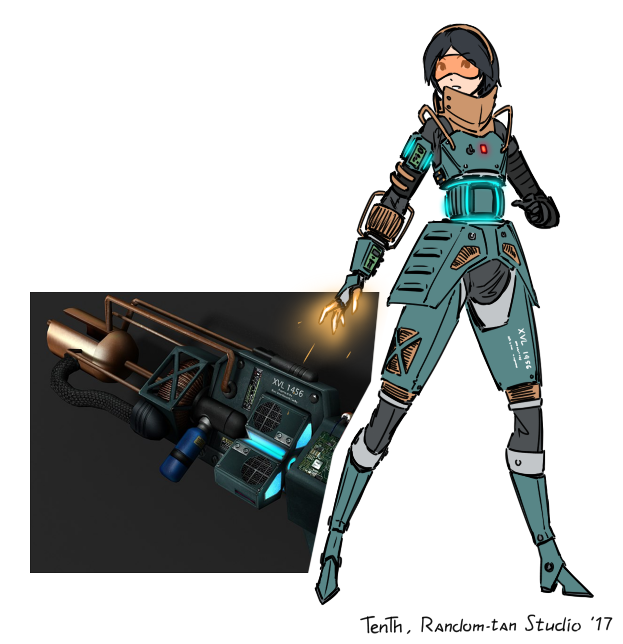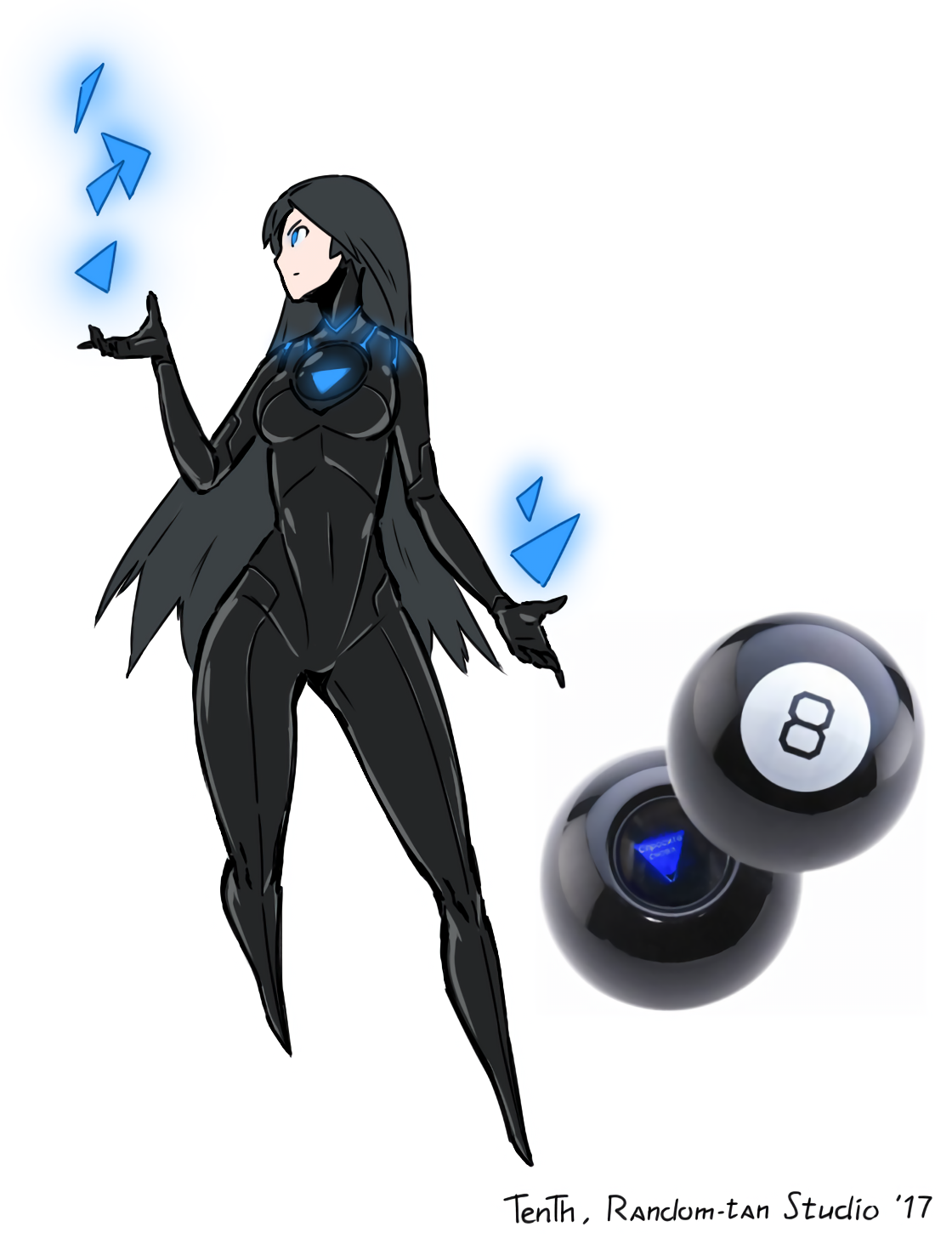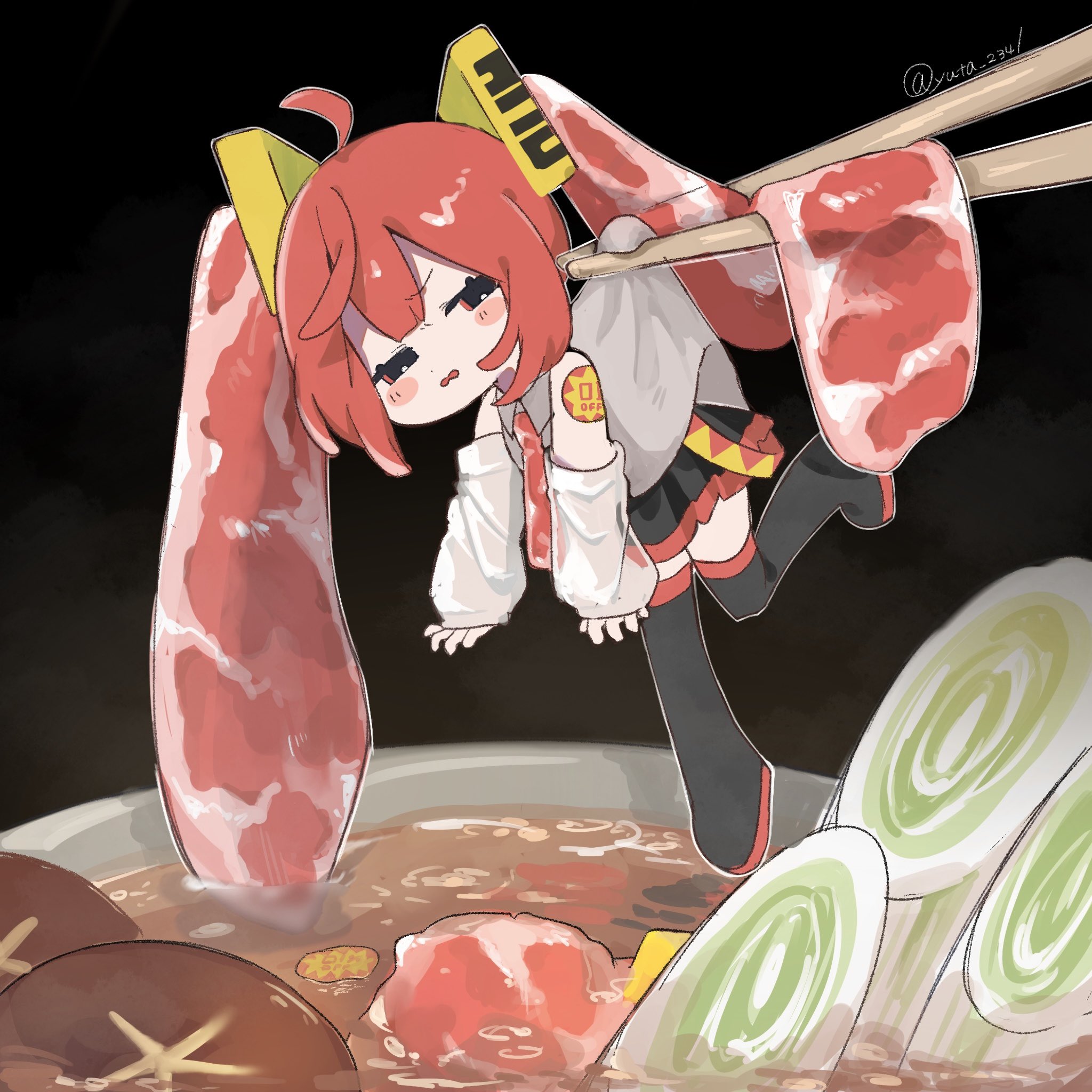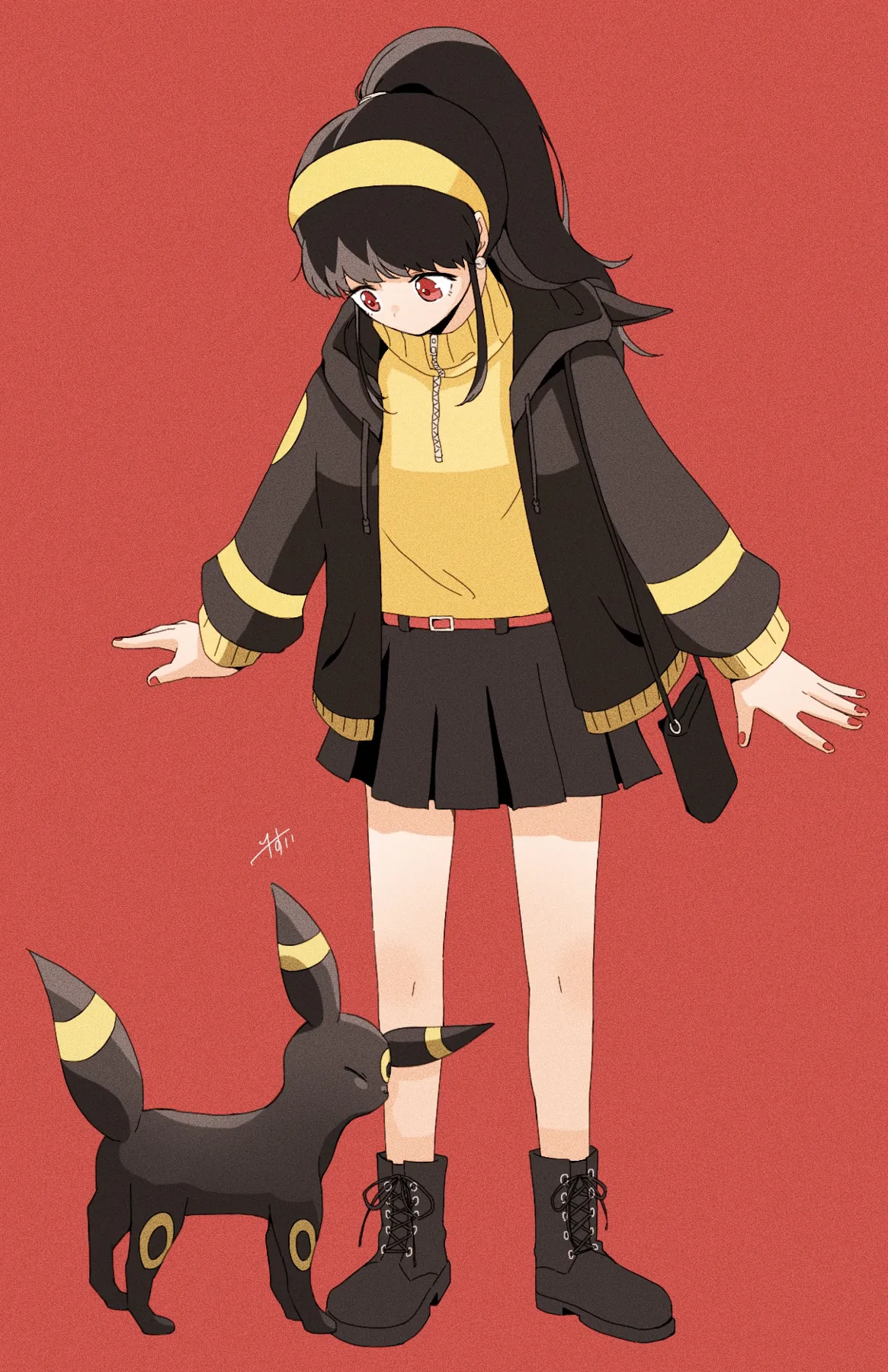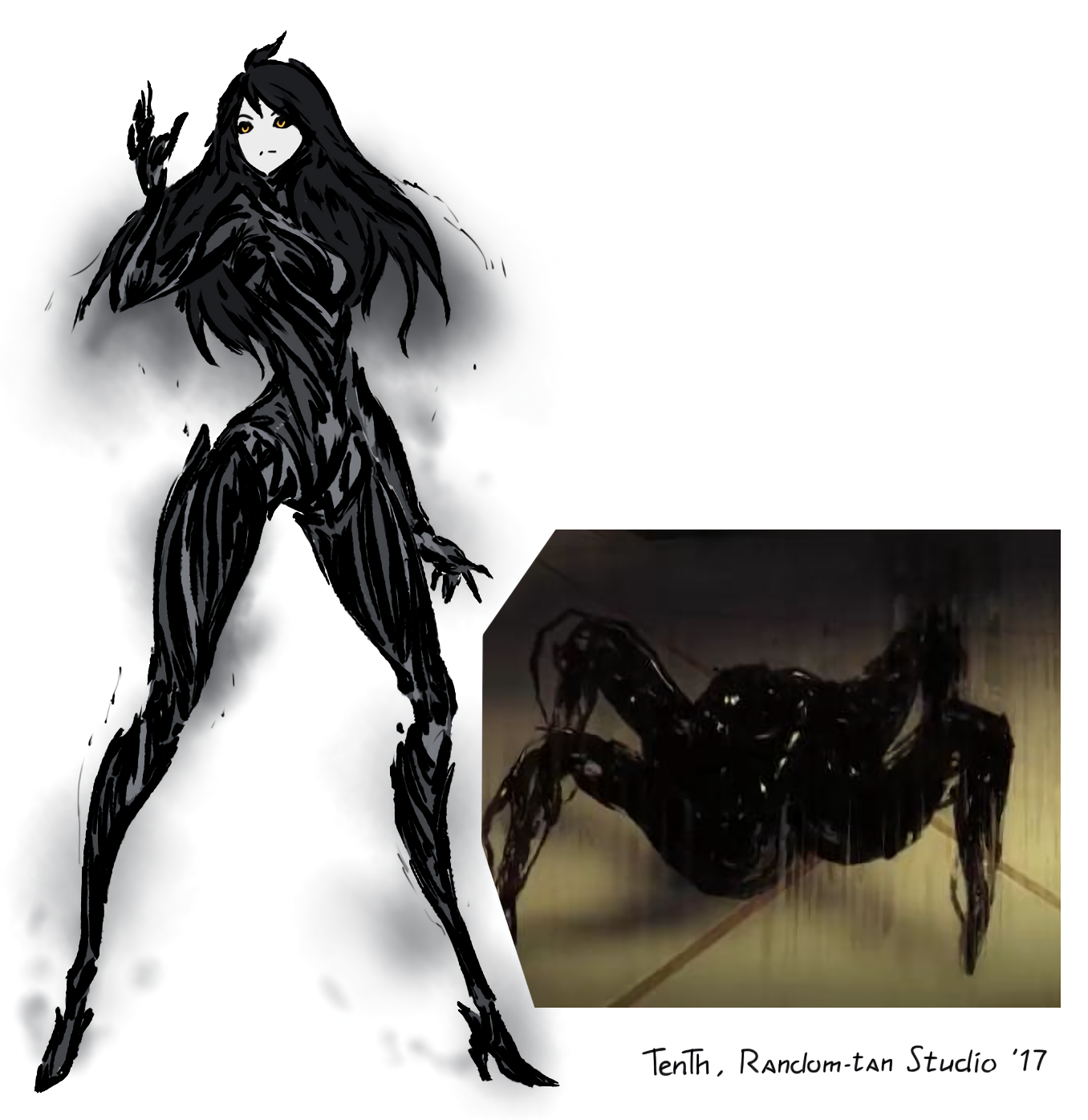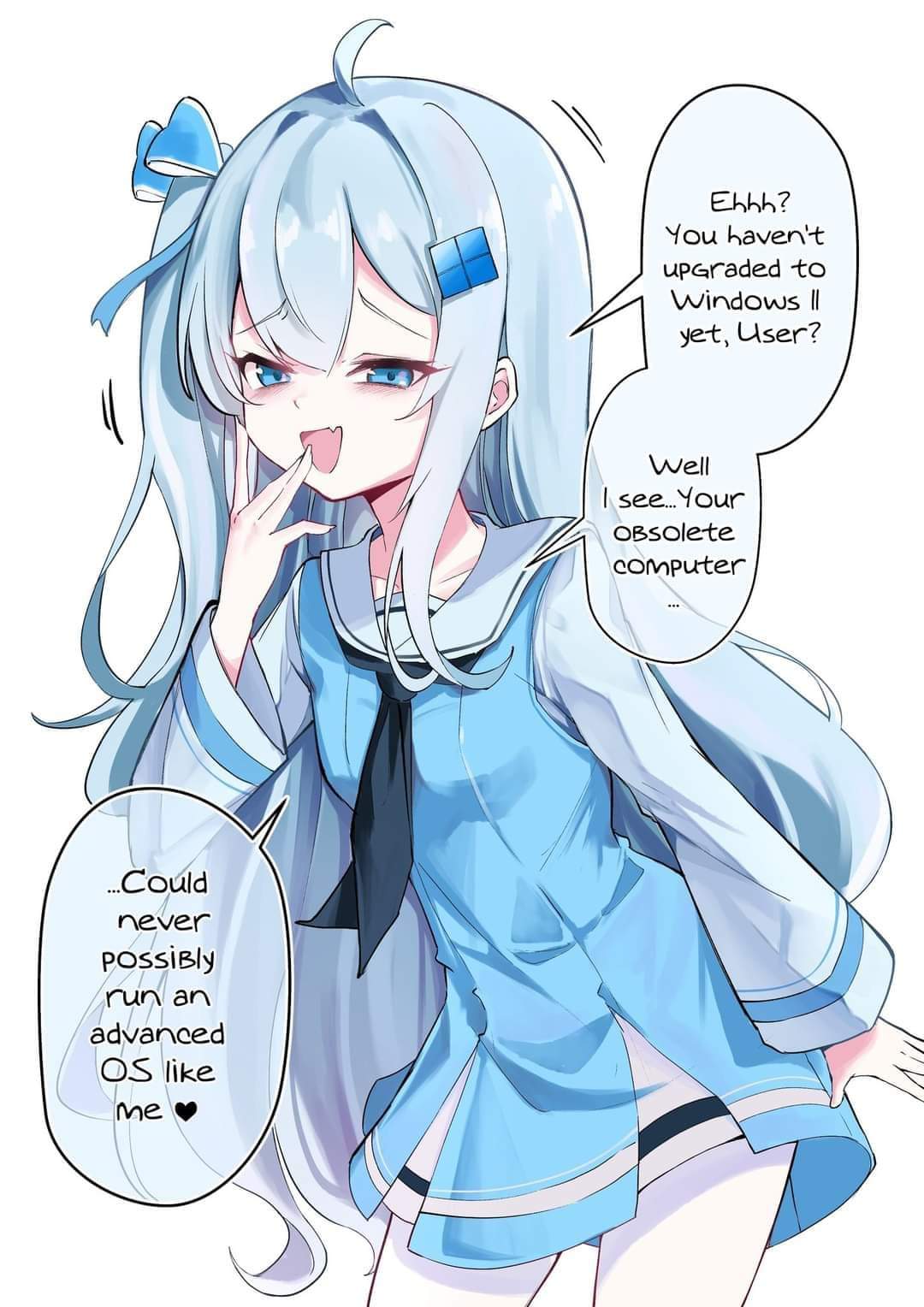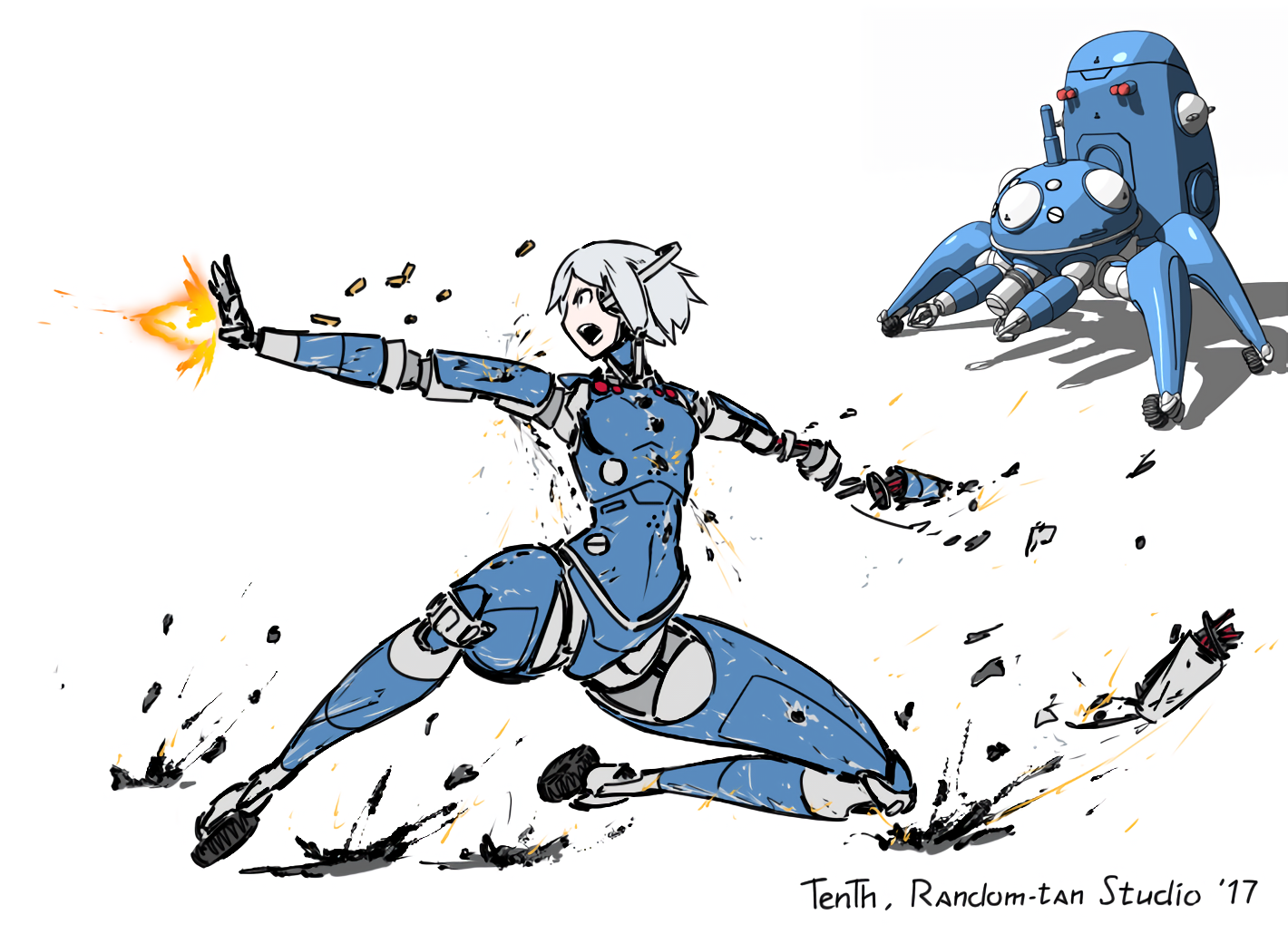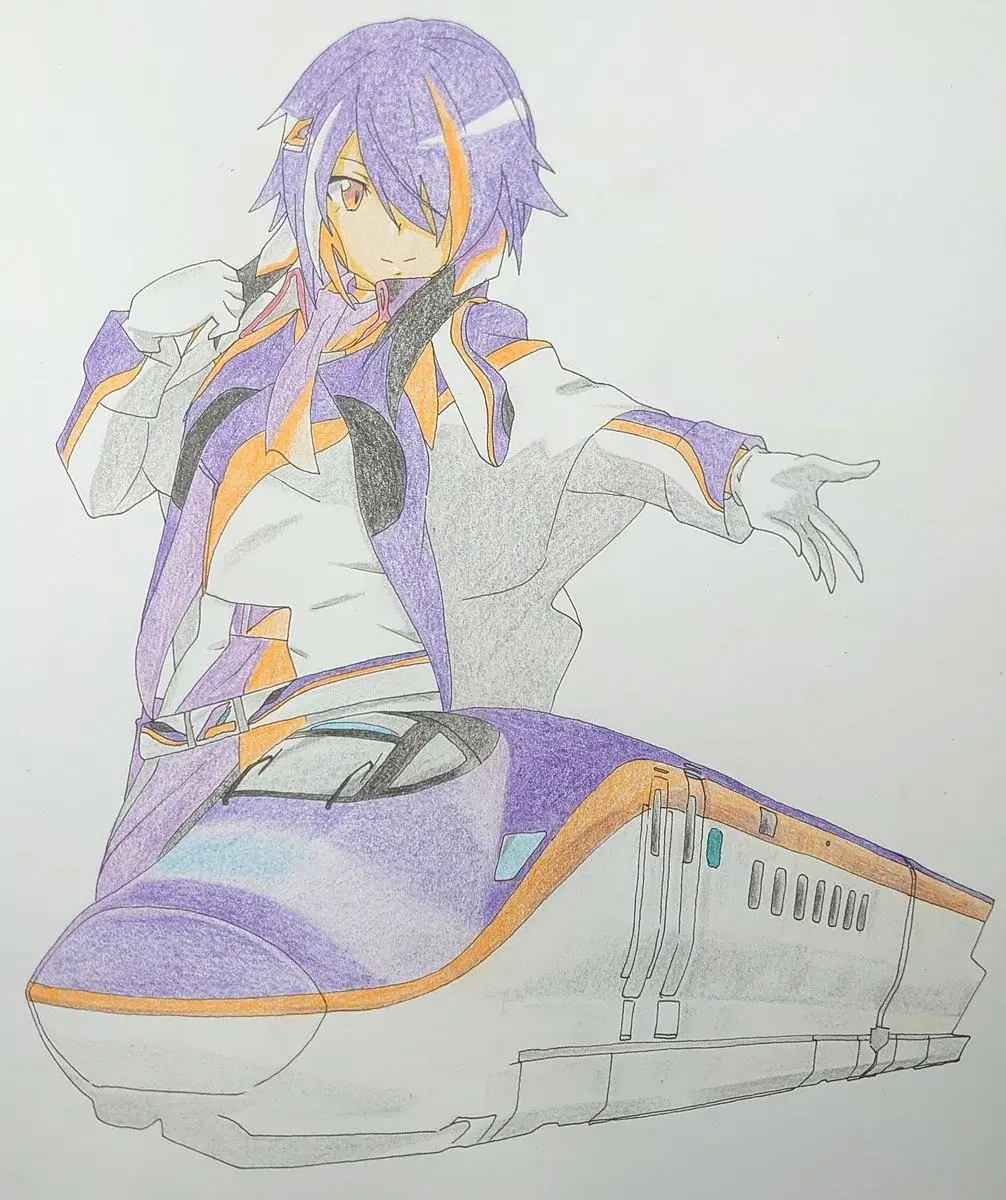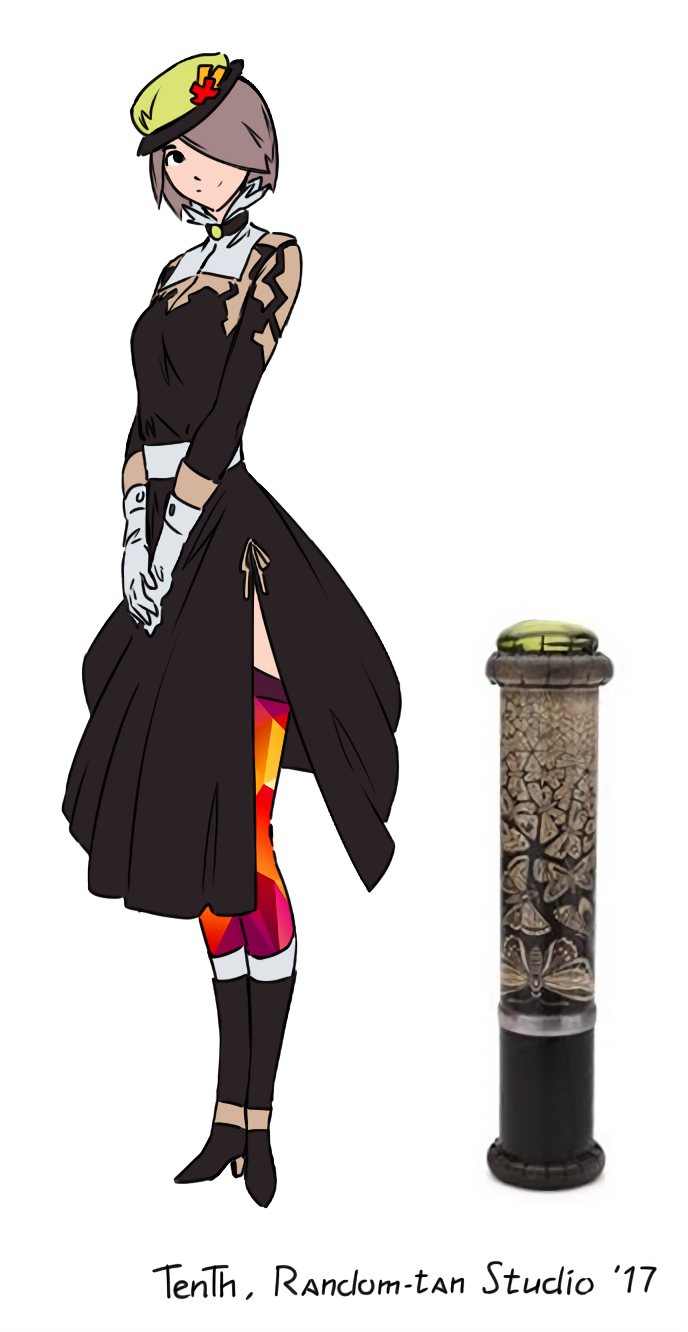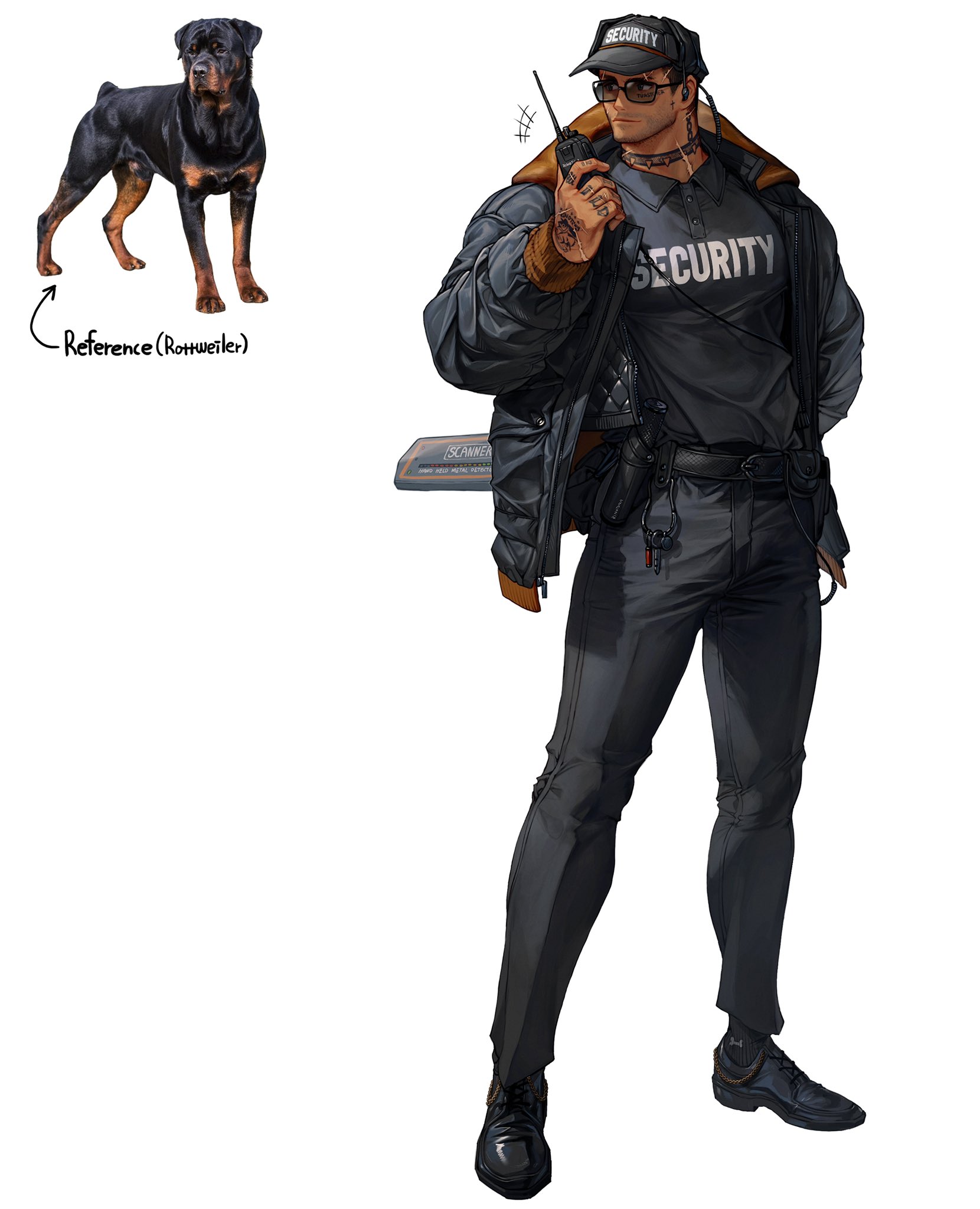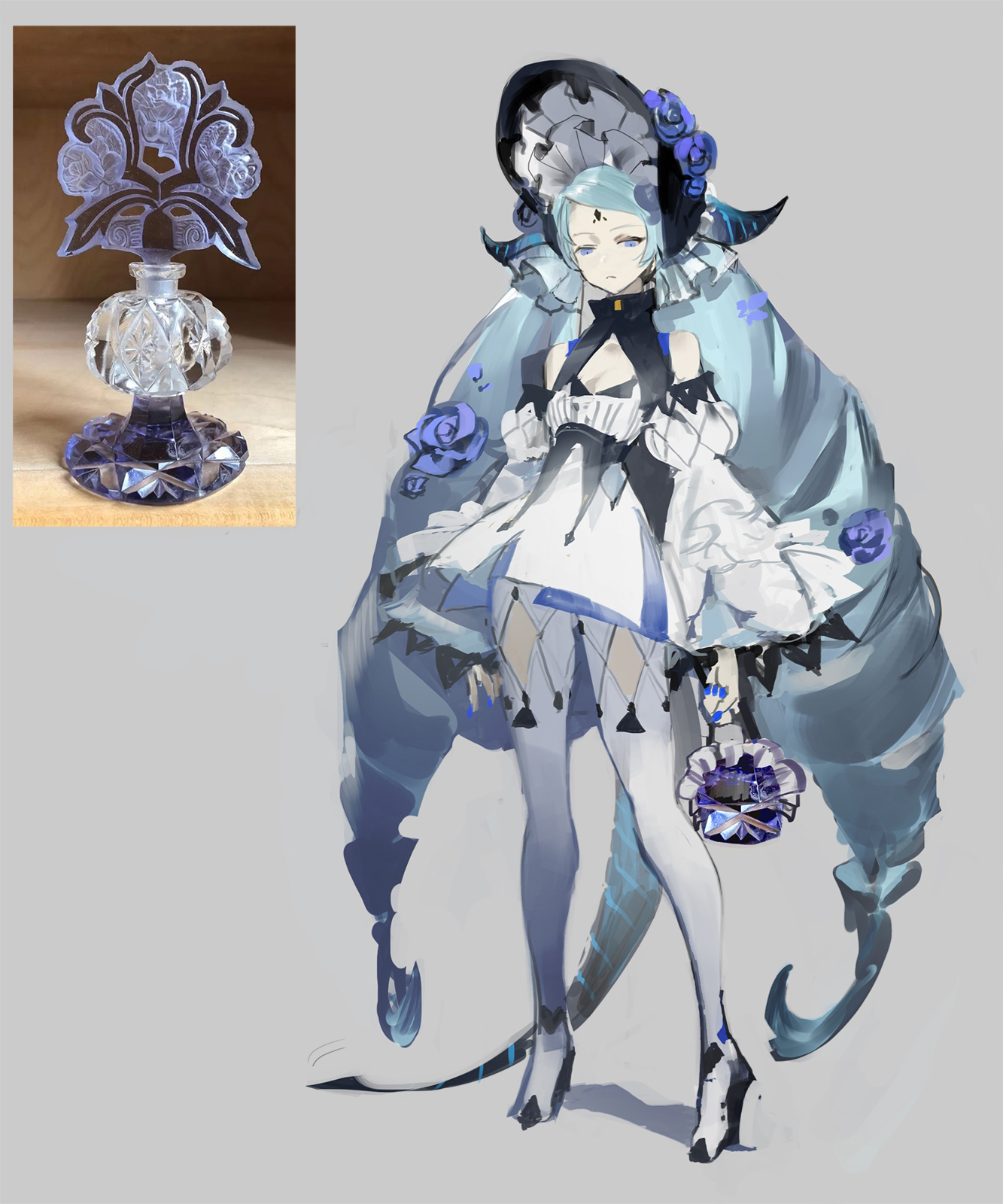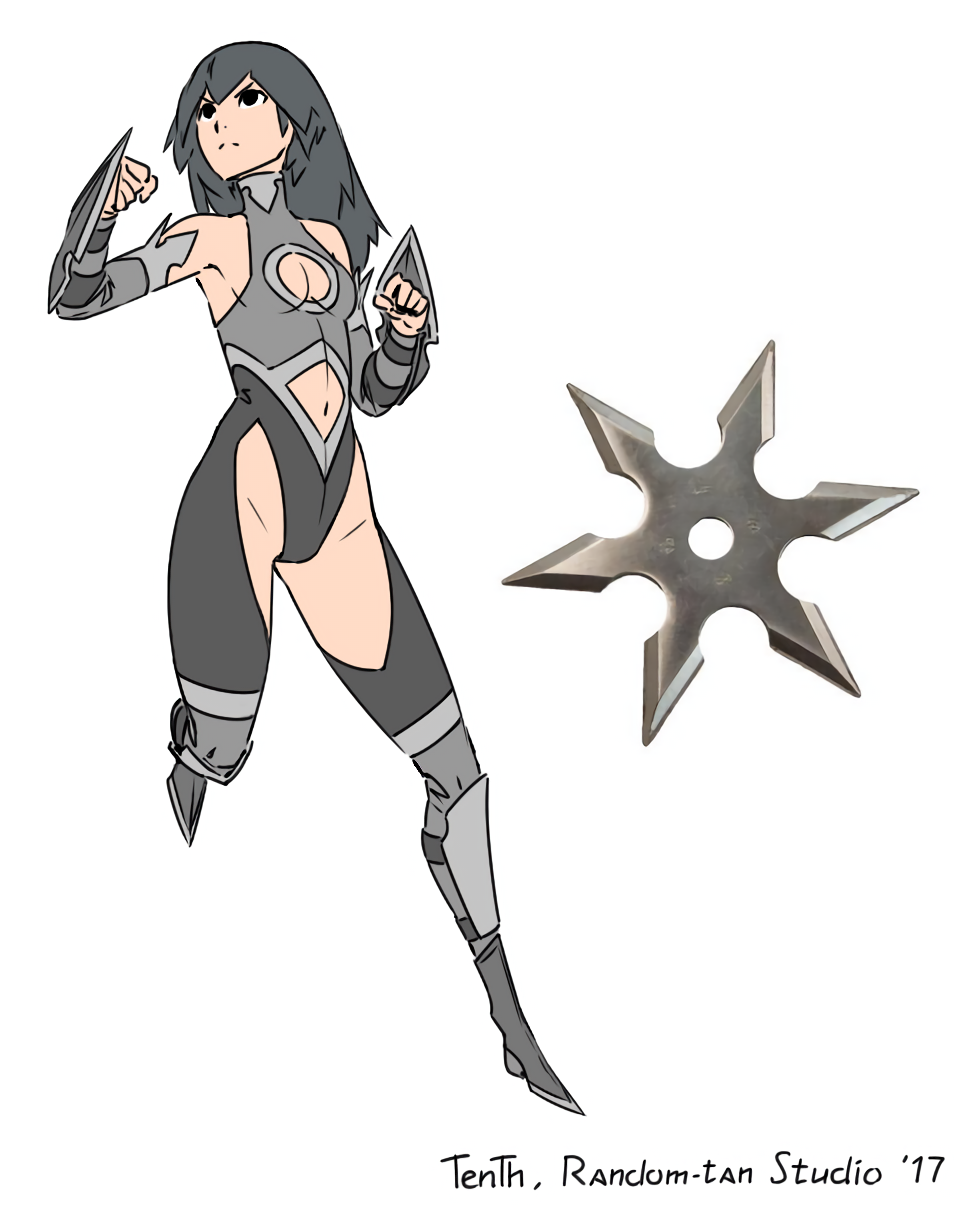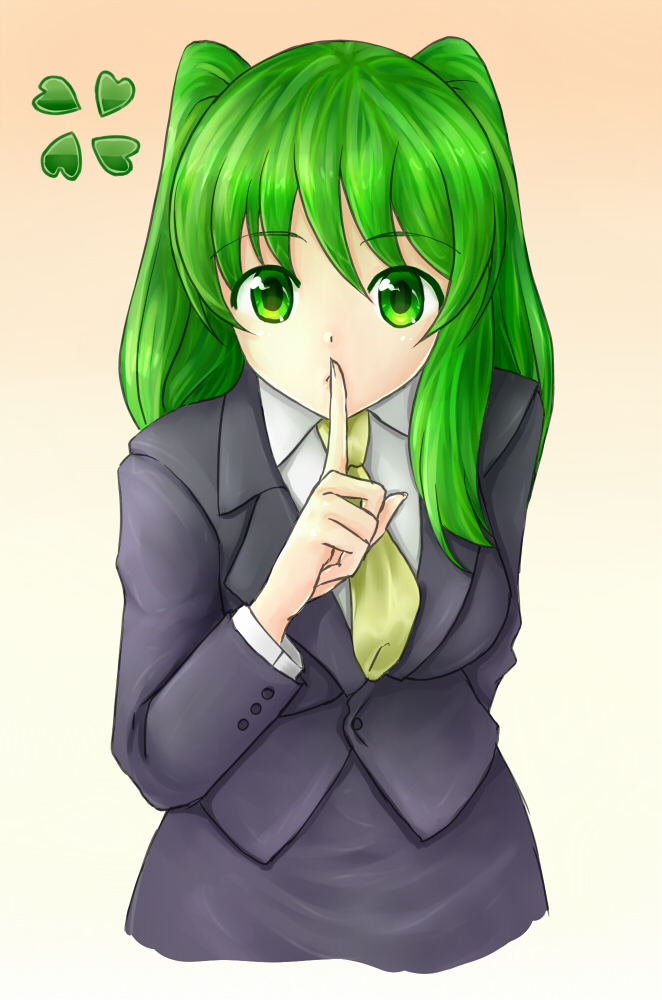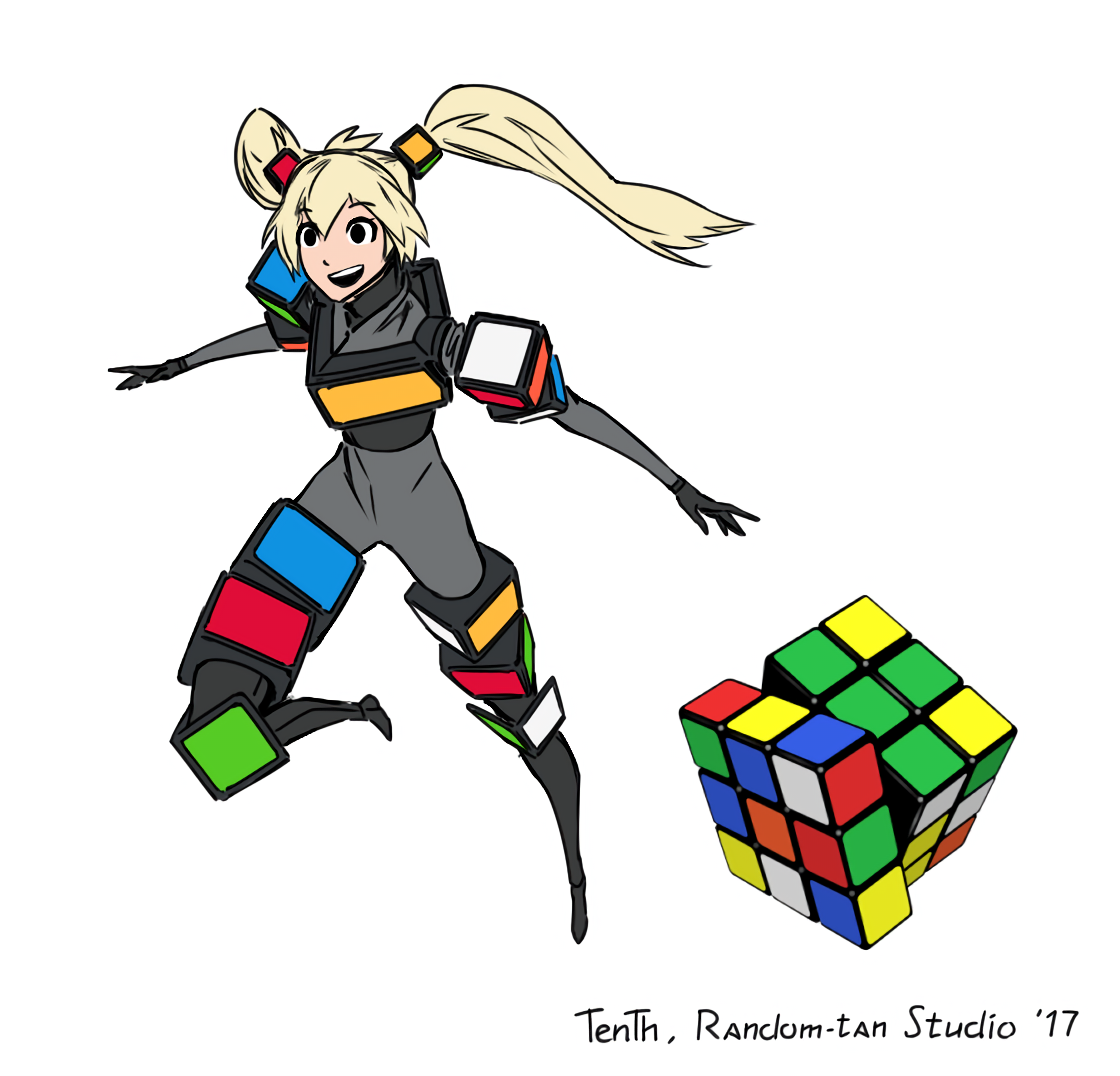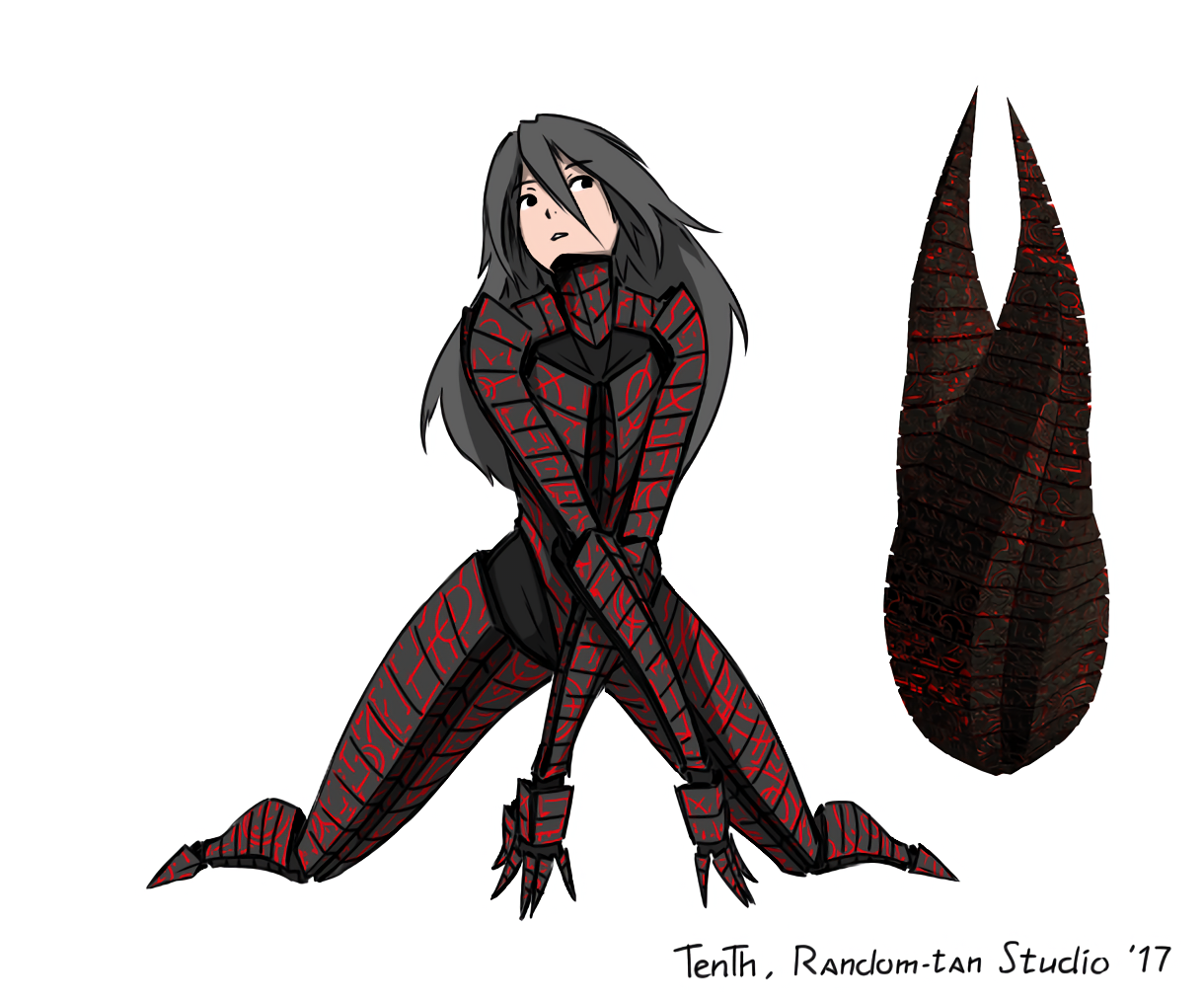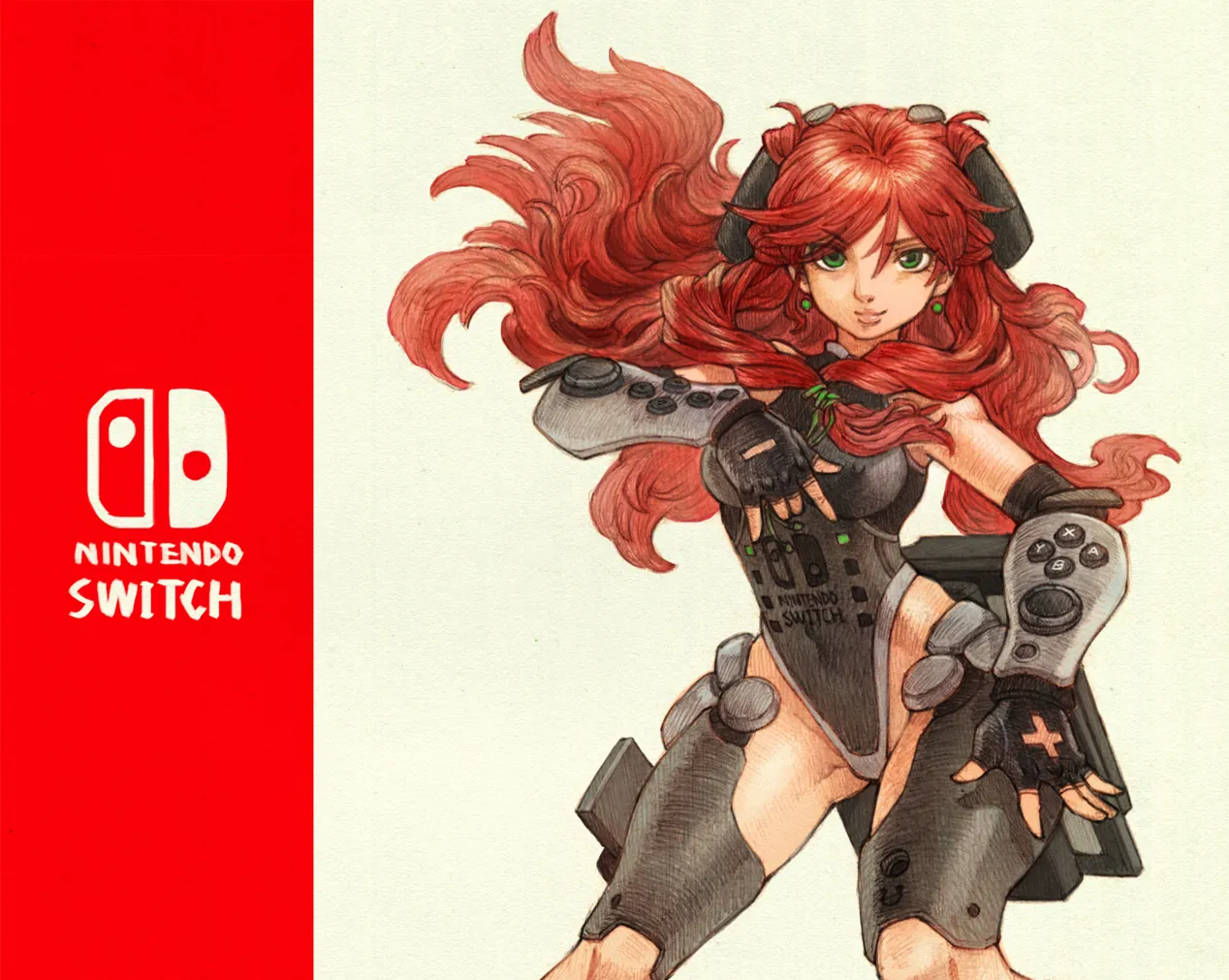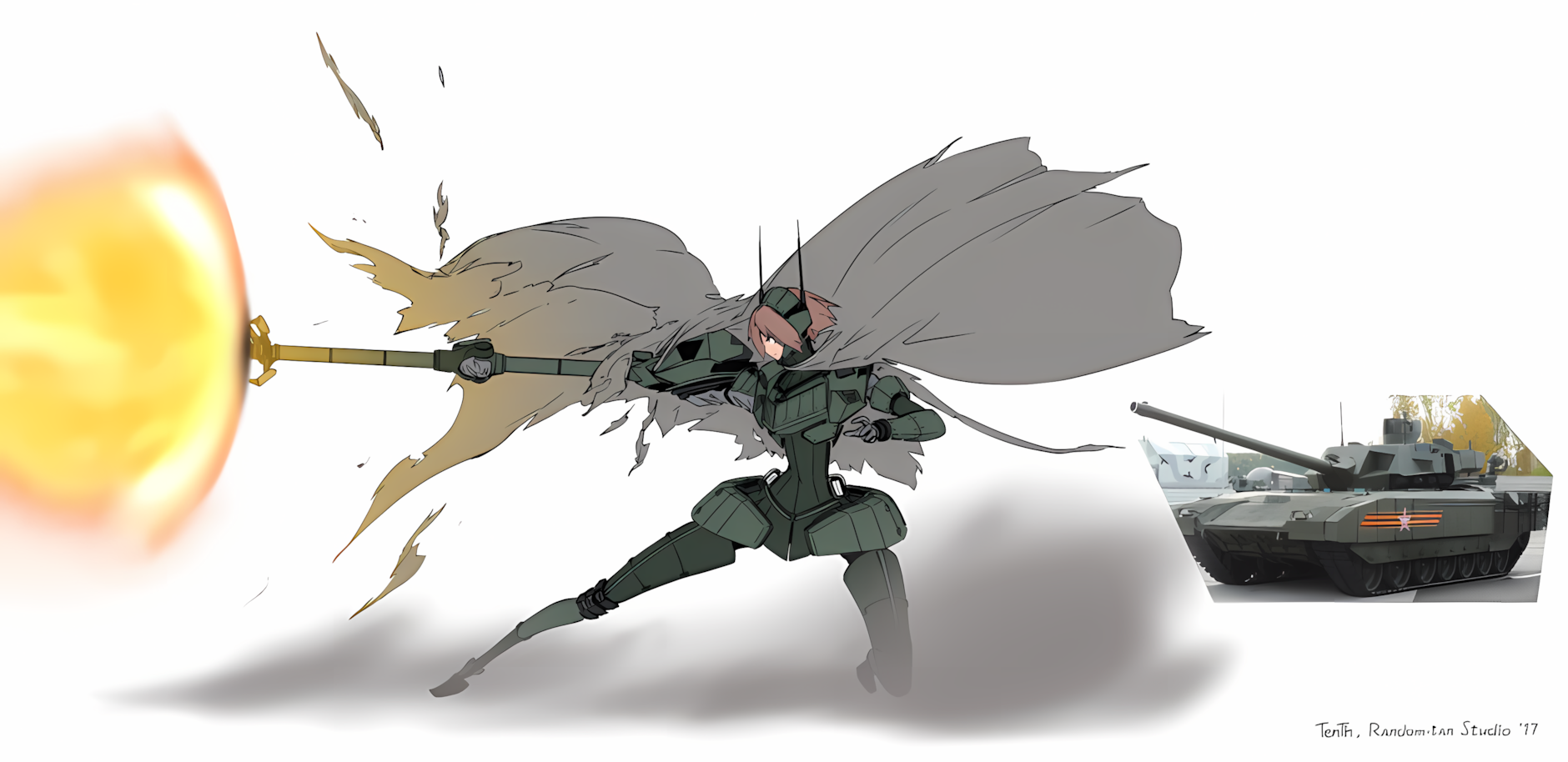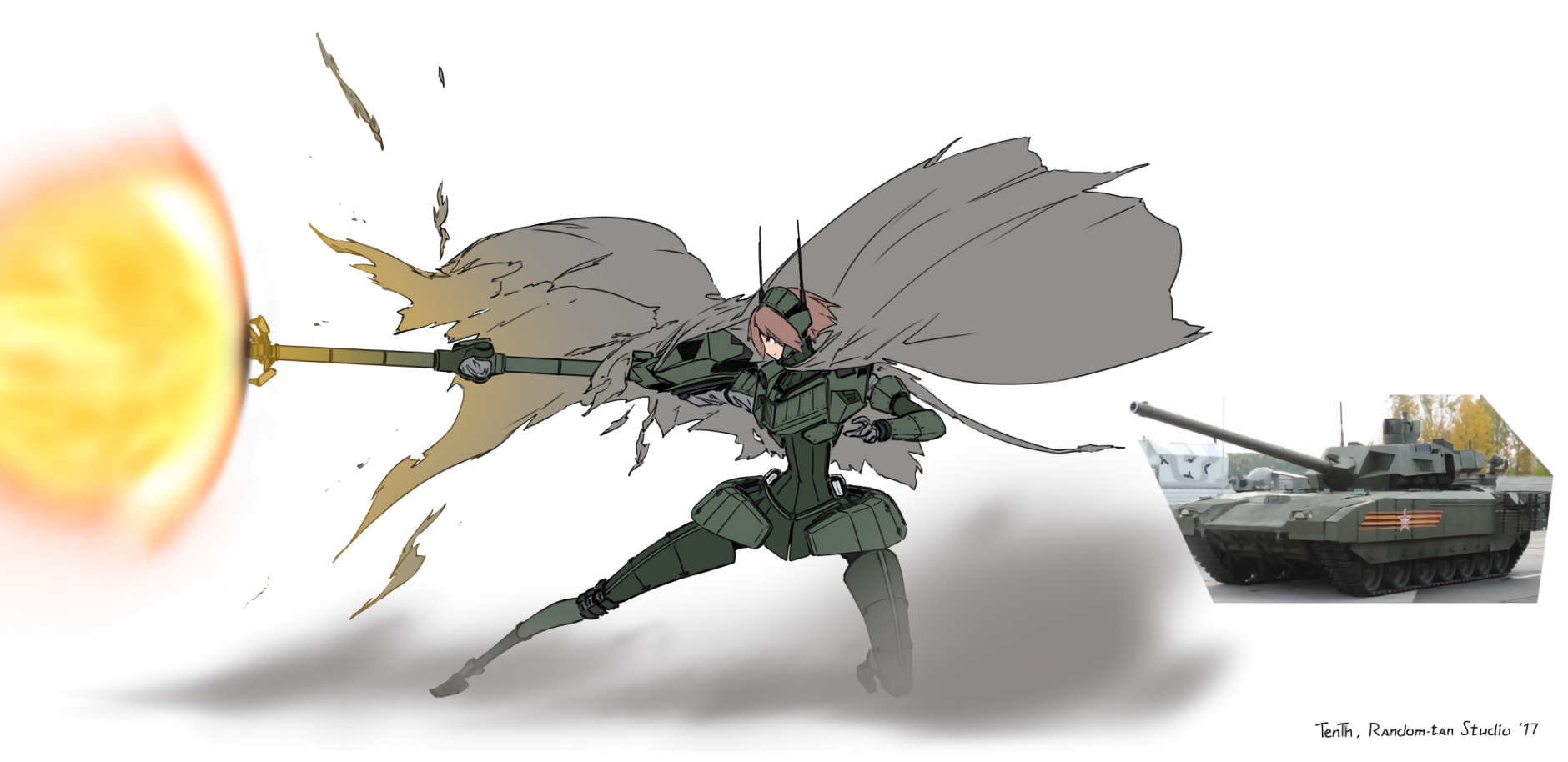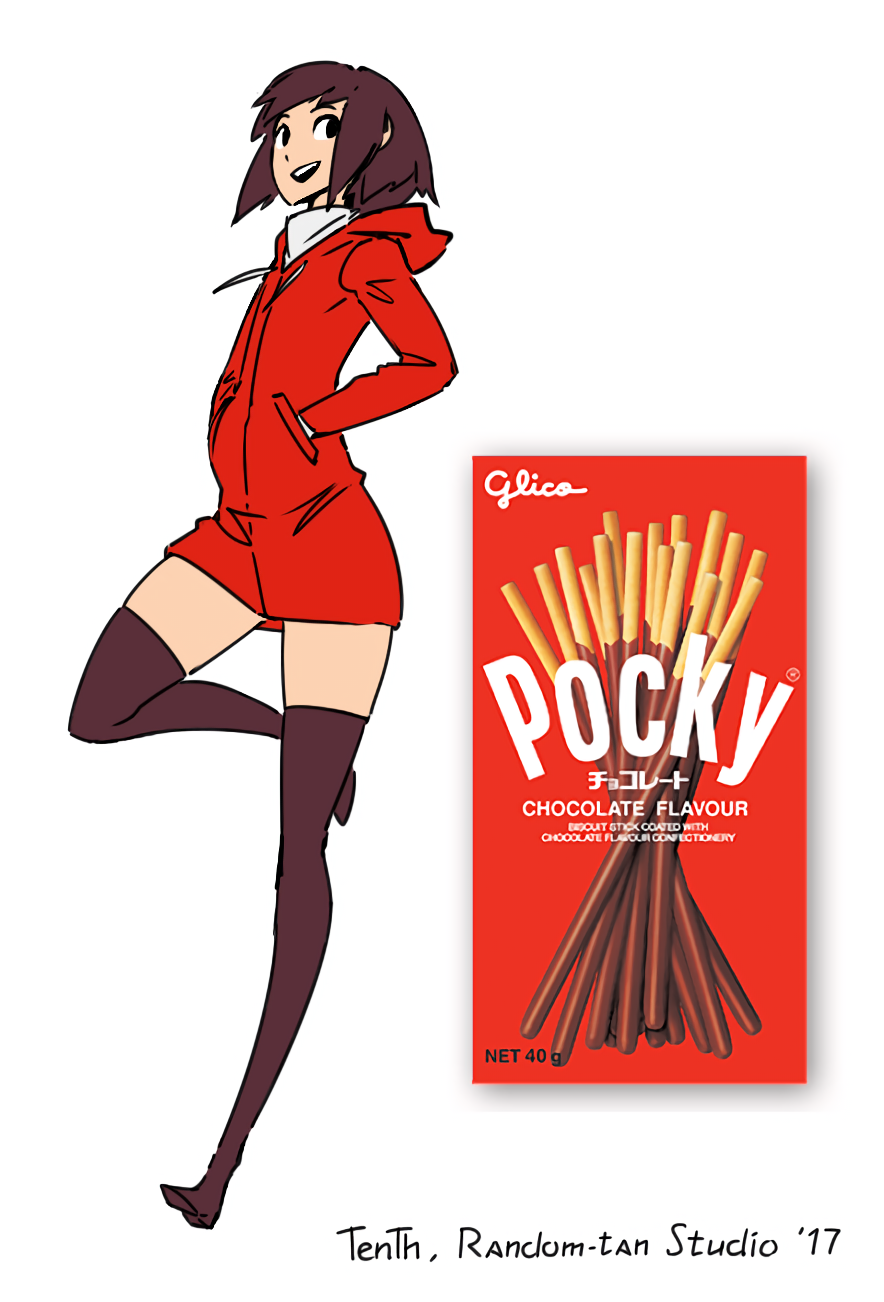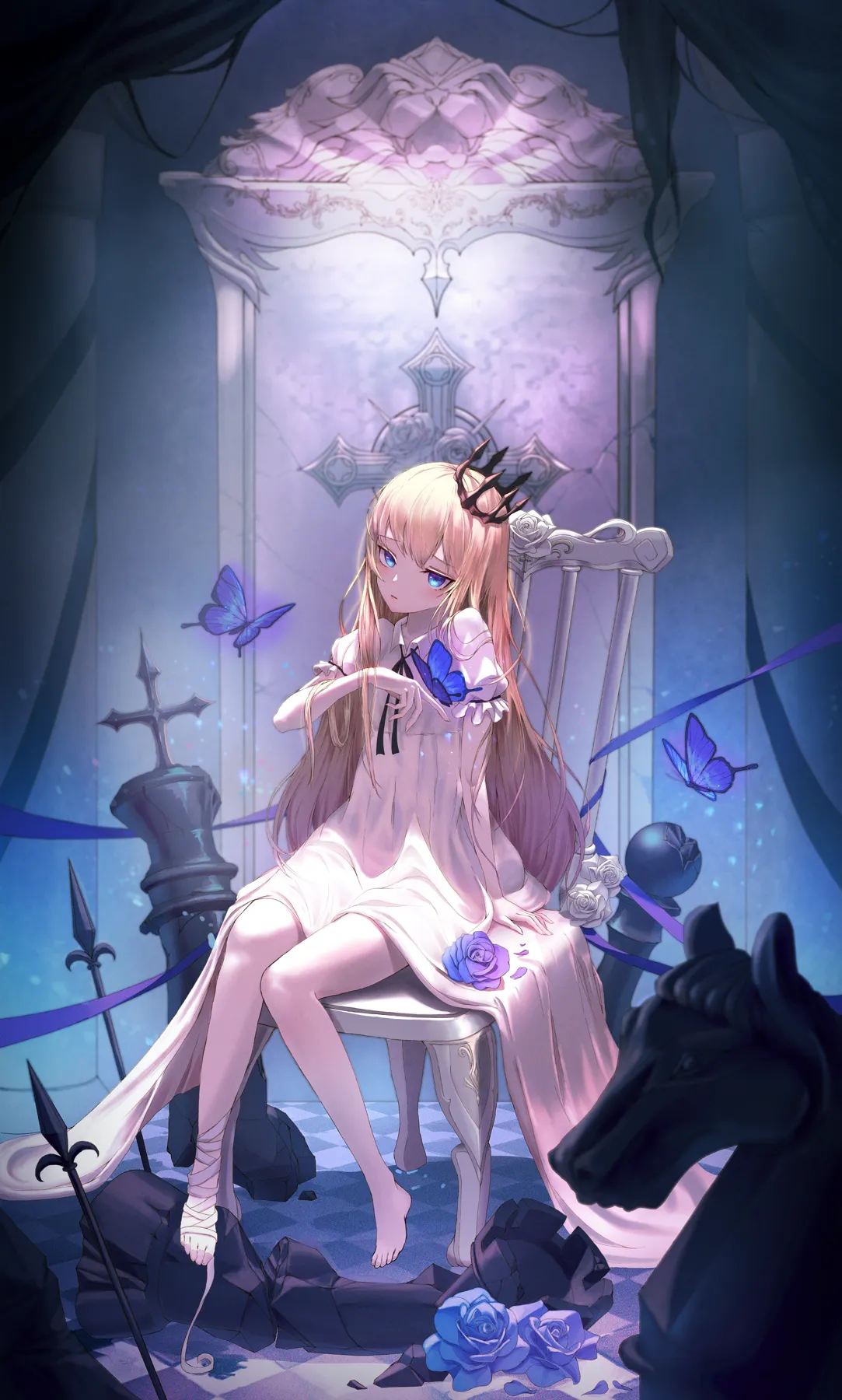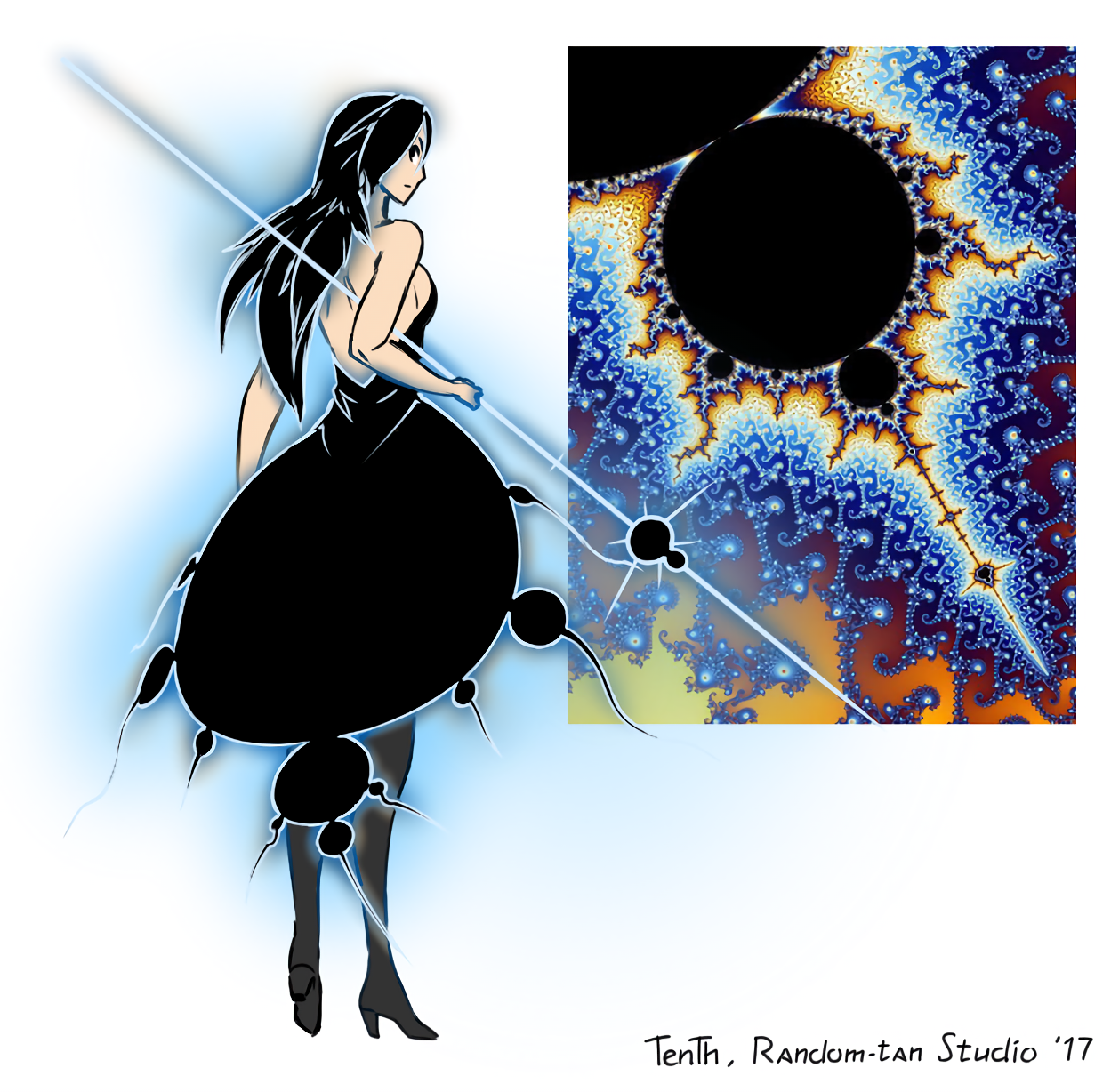MorphMoe
265 readers
28 users here now
Anthropomorphized everyday objects etc. If it exists, someone has turned it into an anime-girl-or-guy.
- Posts must feature "morphmoe". Meaning non-sentient things turned into people.
- No nudity. Lewd art is fine, but mark it NSFW.
- If posting a more suggestive piece, or one with simply a lot of skin, consider still marking it NSFW.
- Include a link to the artist in post body, if you can.
- AI Generated content is not allowed.
- Positivity only. No shitting on the art, the artists, or the fans of the art/artist.
- Finally, all rules of the parent instance still apply, of course.
SauceNao can be used to effectively reverse search the creator of a piece, if you do not know it.
You may also leave the post body blanks or mention @saucechan@ani.social, in which case the bot will attempt to find and provide the source in a comment.
Find other anime communities which may interest you: Here
Other "moe" communities:
- !fitmoe@lemmy.world
- !murdermoe@lemmy.world
- !fangmoe@ani.social
- !cybermoe@ani.social
- !streetmoe@ani.social
- !midriffmoe@ani.social
- !kemonomoe@ani.social
- !officemoe@ani.social
- !meganemoe@ani.social
- !gothmoe@ani.social
- !militarymoe@ani.social
- !smolmoe@ani.social
founded 6 months ago
MODERATORS
1
2
3
4
5
6
7
8
9
10
11
12
13
14
15
16
17
18
19
20
21
22
23
24
25
view more: next ›
